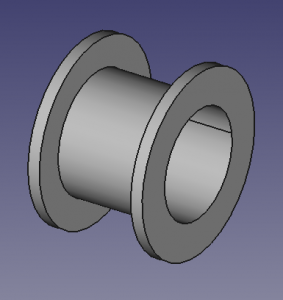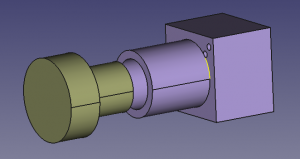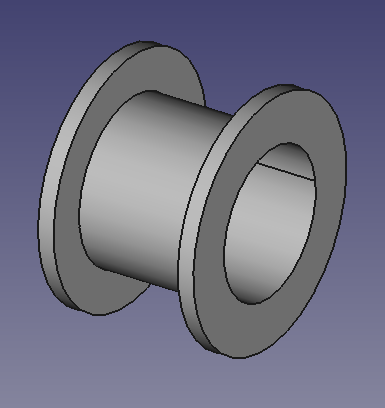Summary
I can’t say how applicable the following is in general, but in my work magnetic field measurement is just a part of life. An area of knowledge that seems to become lost is the usefulness of a search coil. A search coil is just a simple coil of magnet wire in which the dimensions and number of turns are known. When trying to measure magnetic field, the first reaction is to buy a probe or a chip to take the measurement. However, when looking to buy a probe off the shelf, there aren’t many available that look legitimate, and if they do expect to spend hundreds of dollars. If you want to buy a Hall Cell a few examples include:
- Allegro offers hall cells with typical sensitivities is 1.25mV/Gauss up to 5mV/Gauss but the sensitivity can typically vary up to 10% (e.g. 4.75mV/Gauss to 5.25mV/Gauss with 5mV/Gauss typical).
- Texas Instruments offers the DRV5053 chopper hall cell, however sensitivities can vary more than 100%, such as 11mV/Tesla typical, with variations of from 5 to 17.5
- GMW MV2 system has great specs being a +/-1% variation in sensitivity, but at $900 / chip and $1950 for an evaluation board it might be a bit expensive for ones particular needs.
Mechanical Setup
What if you have a laboratory setup in which you want to quantify the magnetic field? If the source of the field can be driven with an AC source, a search coil can be invaluable and extremely easy to make. If we have access to a lathe, it can be quite easy to machine a bobbin and control the tolerances extremely tightly to a shape such as with dimensions of the cylinder 20mm OD, 16mm ID, 20mm long, with side walls 26mm OD:

With access to a 3D printer, the above shape can be made, as well as more intricate designs allowing for wiring paths, and reference features allowing the search coil to easily be aligned and located. The design below uses two pieces minimizing the need for supports when 3D printing, combined with a light press between the two pieces.

If such a design is combined with 20 to 28awg wire, an expected diameter is around 0.5mm allowing ~40 turns per layer depending upon the design. Several layers can quickly be wound. With careful control of the winding process, it should be expected to know the exact number of turns applied.
Calculations
How we measure field is to turn to Faraday’s Law:
EMF = N*I*dΦ/dt =N*Area*dH/dt, where H is the field we are trying to measure , I is amperes, and Area is the enclosed area of our search coil. If using multiple layers of turns, is the average diameter.
If our applied field is driven with a sinusoidal source, EMF = N*I*Area*H*d/dt( sin(2*pi*f*t)) = N*I*Area*H*2*pi*f*cos(2*pi*f*t).
The field per unit current applied to the coil is then:
H/Ampere = EMF/(N*I*Area*2*pi*f)
Practice
In practice, what is needed is:
- A function generator to drive the source of magnetization.
- An Ammeter such as a Fluke that can measure AC current.
- A second Voltmeter that can measure AC mV.
By measuring the AC current into the coil, the responding AC signal induced in the search coil, and considering the frequency. An example is a Helmholtz coil with ~40 turns and 200mm diameter was excited at 1000Hz with 60mA. A 30 turn search coil of ~22mm effective diameter measured 2.3mV. It can be shown the coil had a sensitivity of ~0.47 milliTesla/Ampere.
As this is a function of only the number of turns, geometry, and the current and voltage measuring equipment, a search coil allows a very high precision measurement unavailable from other means.

